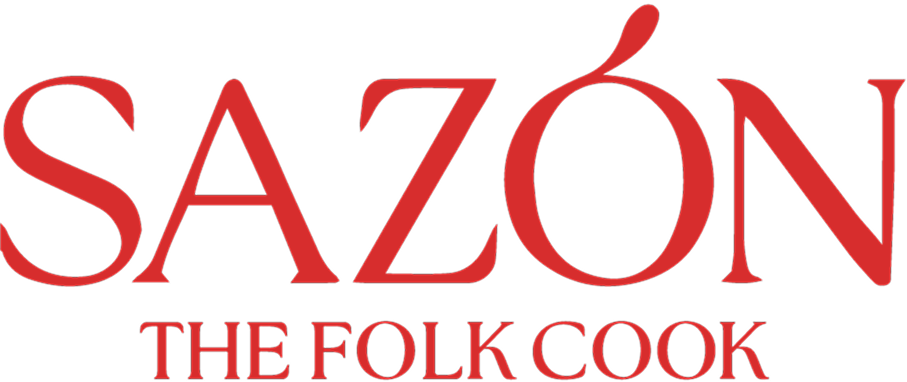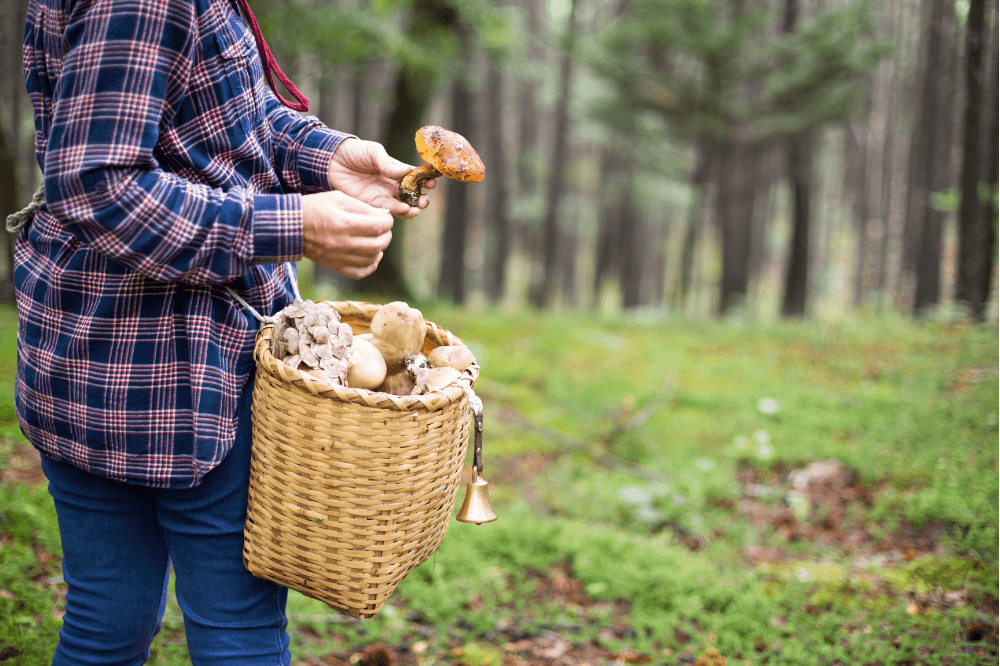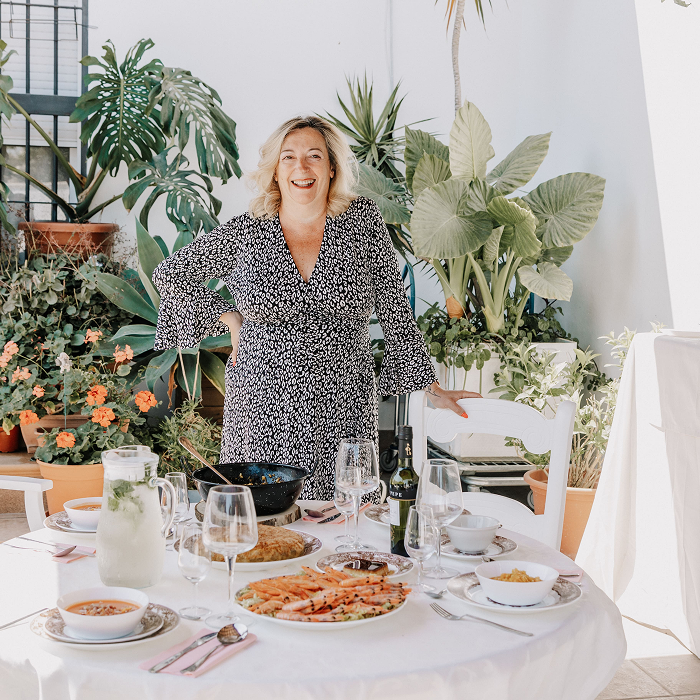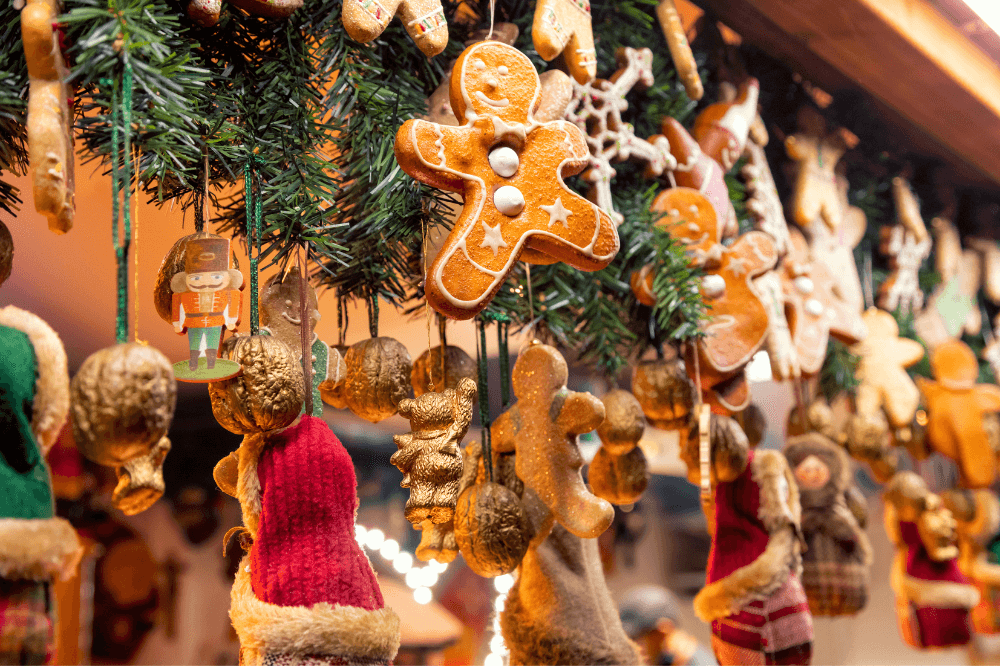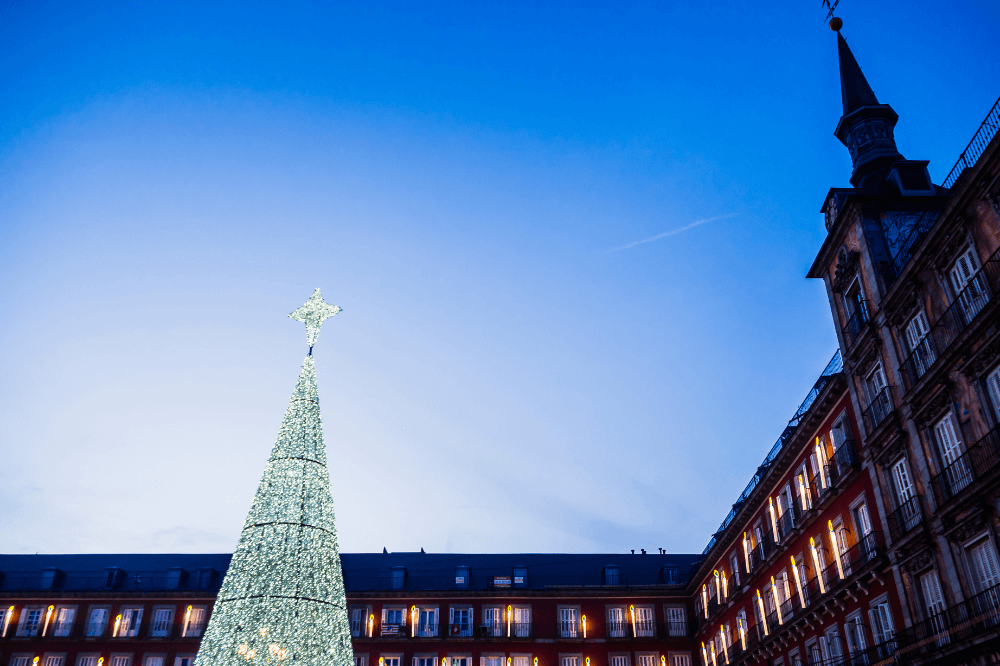We understand that going mushroom hunting in a foreign country can be a challenge. Where are the best forests? What permits do I need?
It’s frustrating to spend a vacation day walking only to return empty-handed or, worse, with species you’re afraid to cook.
But don’t worry, because we’ve prepared this guide so you know exactly where to go.
Forget random searches: we’ll show you the best areas to pick mushrooms in Spain places with a centuries-old tradition, clear regulations, and, above all, the most delicious mushrooms.
Get ready to turn your trip into a true flavor adventure!
Castile and León
Castile and León is the epicenter of mushroom picking in Spain, thanks to its vast expanses of forests, including pinewoods, oak groves, and holm oak woods, perfect environments for mushroom proliferation.
Navaleno and the Pinares Region (Soria)
This area is considered the most important mycological hub in the country.
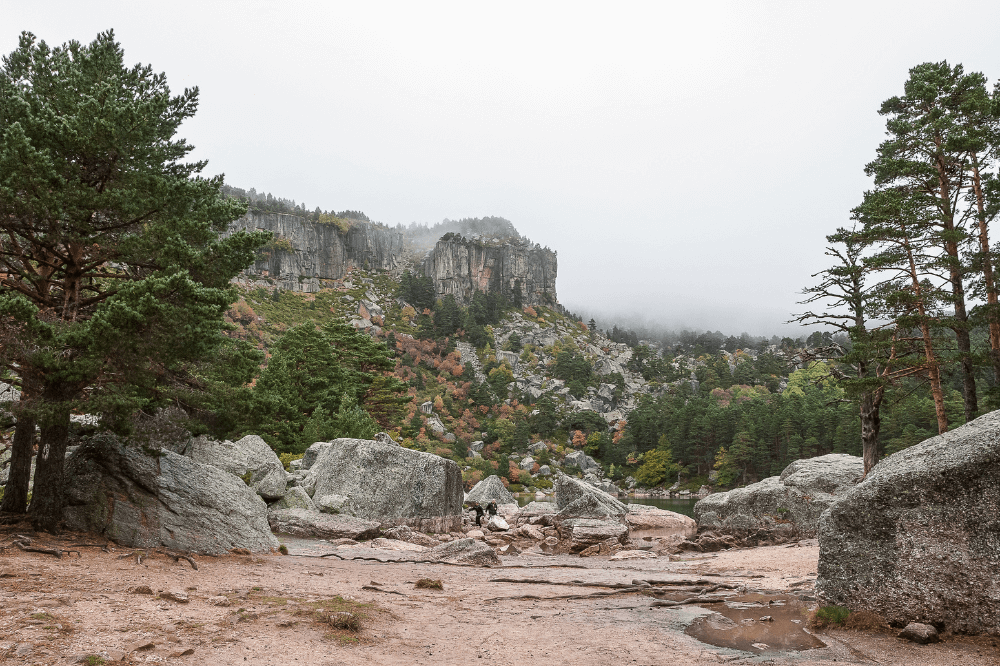
The Pinares Region, which includes towns like Navaleno and San Leonardo de Yagüe, is dominated by vast forests of Scots pine. This pine density is the key factor that supports the growth of the most sought-after species.
The main attraction is the Saffron Milk Cap (Lactarius deliciosus), which grows in large colonies under the pines.
These same forest formations also yield excellent varieties of Boletus, such as Boletus edulis and Boletus pinophilus.
Rabanales and Sanabria (Zamora)
In the province of Zamora, particularly in the Aliste region near the Portuguese border, we find another area with a strong mycological tradition.
This area is especially known for Boletus aereus, a highly prized variety popularly known as the “Zamoranito.”
In addition, its hillsides offer an abundance of Saffron Milk Caps, Chanterelles (Cantharellus cibarius), and King Oyster Mushrooms (Pleurotus eryngii).
The town of Rabanales stands out for hosting an Interpretation Center and for holding major annual mushroom events.
Las Batuecas–Sierra de Francia Natural Park (Salamanca)
The ecosystem of this mountain range, in the south of Salamanca province, is distinct, characterized by chestnut trees, oaks, and pasturelands.
This variety of habitats allows for a diversity of species adapted to both deciduous leaf litter and pinewood areas.
Sought-after Boletus and Saffron Milk Caps can be found in the coniferous zones. However, the grasslands and dehesas are ideal for collecting King Oyster Mushrooms.
Towns like El Cabaco are key reference points for mushroom hunters visiting this beautiful autumn landscape.
Sierra de Gredos (Ávila)
This mountain range, part of the Central System, offers a high-altitude environment with pine forests and scrublands.
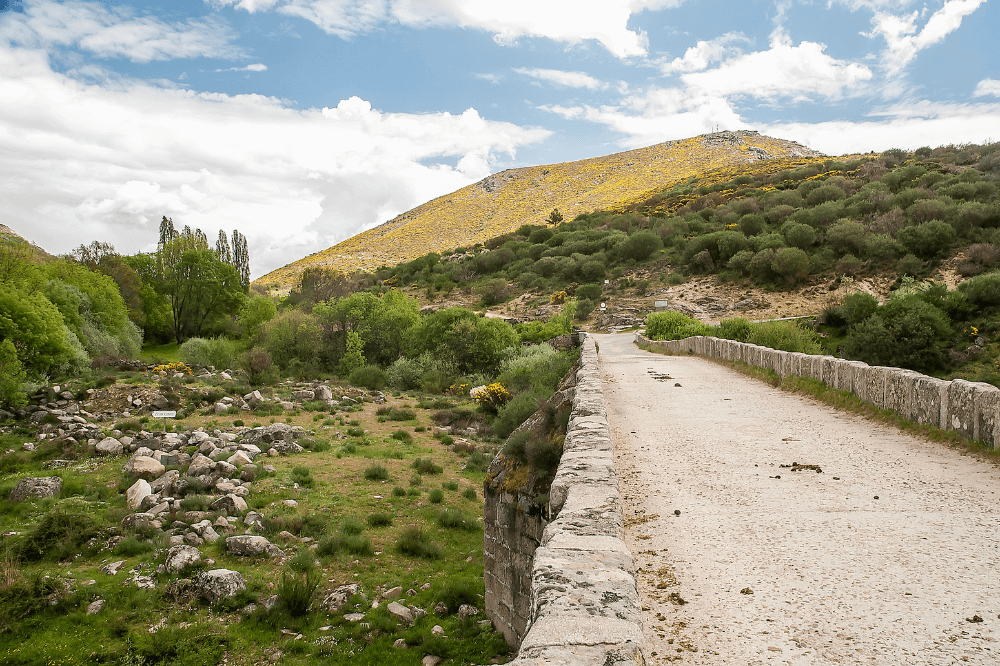
The humidity and mountain climate are favorable for certain species.
Though less well-known than Soria, the Sierra de Gredos is a highly regarded destination for the variety of its mycological landscapes.
Saffron Milk Caps and Boletus are the most commonly picked species in its dense pine forests.
However, mushroom picking here requires a good knowledge of the mountainous terrain.
Catalonia
Catalonia is one of the regions with the strongest culinary tradition around mushrooms, where mushroom hunting and consumption are part of the popular culture, especially during the autumn season.
Explore our experiences with local cooks in Catalonia.
Montseny Natural Park (Barcelona/Girona)
Montseny, designated a Biosphere Reserve, is an essential reference point for mushroom foragers in Catalonia, thanks to its proximity to Barcelona.
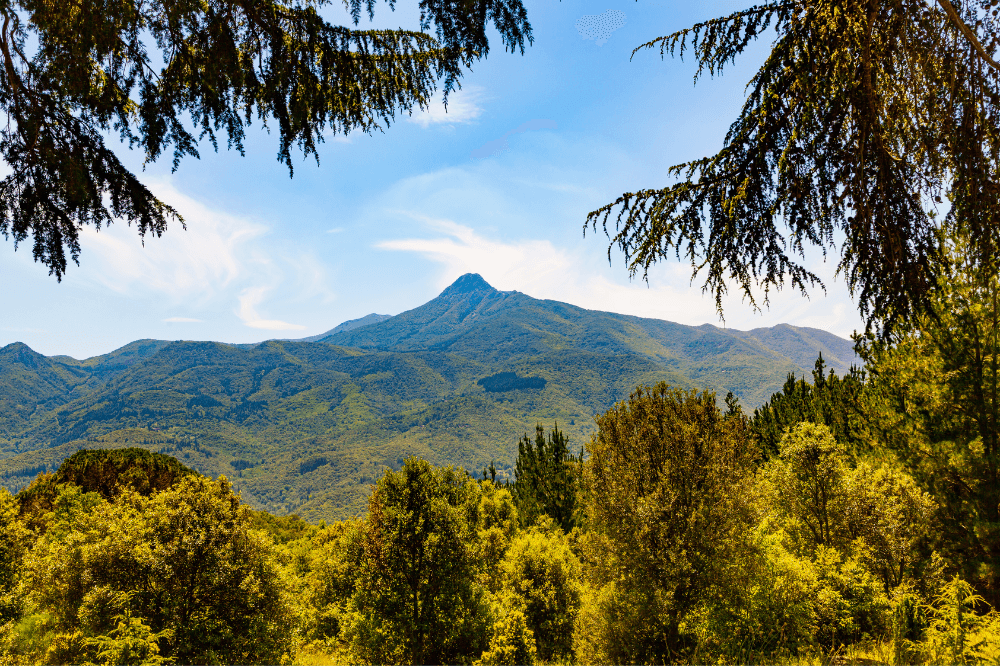
Here, the Rovelló or Saffron Milk Cap (Lactarius deliciosus) is the star mushroom and the most sought-after.
In addition, Montseny stands out for the presence of other highly prized species in Catalan cuisine, such as Black Trumpets (Craterellus cornucopioides) and Grey Knights (Tricholoma terreum).
El Berguedà (Barcelona)
The El Berguedà region is so important mycologically that it is popularly known as the “Saffron Milk Cap Capital.”
So if your main goal is to fill your basket with rovellons, this area is a safe bet.
Likewise, in some higher and more humid areas, you can also find good specimens of Boletus.
Several towns in the region, such as Bagà or Castellar de N’Hug, organize events and fairs around this product.
Montnegre and El Corredor (Barcelona)
Located in the Catalan Coastal Range, these natural parks also have a strong mushroom-picking tradition.
Thus, although rovellons can also be found in the pinewood areas, the variety of broadleaf trees contributes to the region’s mycological diversity.
It is also a very accessible area and, therefore, highly frequented during peak season.
Andalusia
The mushroom season in Andalusia can be more variable than in the north.
Although autumn is key, in some areas especially in the western dehesas the appearance of mushrooms depends heavily on rainfall.
In addition, some highly prized species appear in spring.
Sierra de Aracena and Picos de Aroche (Huelva)
This mountain range, in the province of Huelva, is the mycological reference point in western Andalusia.
The star mushroom here is undoubtedly the Gurumelo (Amanita ponderosa).
This species is highly valued in local cuisine and, in fact, is one of the few high-value mushrooms that is abundantly harvested in spring if weather conditions allow.
Apart from this, autumn brings numerous Boletus species and the common King Oyster Mushroom (Pleurotus eryngii).
Sierras de Cazorla, Segura y Las Villas Natural Park (Jaén)
This vast natural park, with its large pine forests and scrublands, is another major mushroom hotspot in the south.
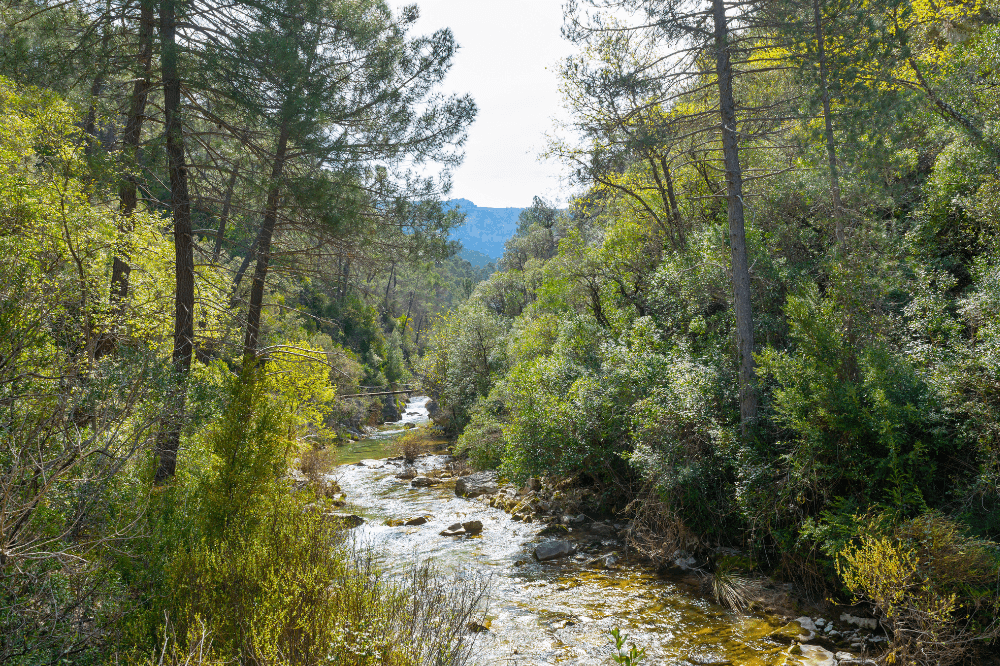
Saffron Milk Caps or Rovellons stand out here, growing abundantly under the pines.
Boletus mushrooms are also harvested, and in the pasture areas, King Oyster Mushrooms.
The local towns often organize events and mycological information points to guide foragers.
Sierra de las Nieves Natural Park (Málaga)
Located in the Serranía de Ronda, this park (now a National Park) is known for its unique Spanish fir forests and chestnut groves.
The most sought-after mushroom here is the delicious Caesar’s Mushroom (Amanita caesarea), locally known as “egg yolk,” a highly prized culinary species.
The area is also rich in different types of Boletus and other edible mushrooms.
Therefore, having knowledge is crucial here, as the diversity of fungi also includes toxic species.
Explore our experiences with local cooks in Málaga
Extremadura
Extremadura, with its continental Mediterranean climate, produces high-quality mushrooms.
Its valleys and mountain ranges, characterized by the abundance of broadleaf trees, make mushroom picking a very popular activity in autumn, often coinciding with the chestnut harvest.
Ambroz Valley (Cáceres)
The Ambroz Valley, located in the north of Cáceres, is a mycological destination of great beauty.
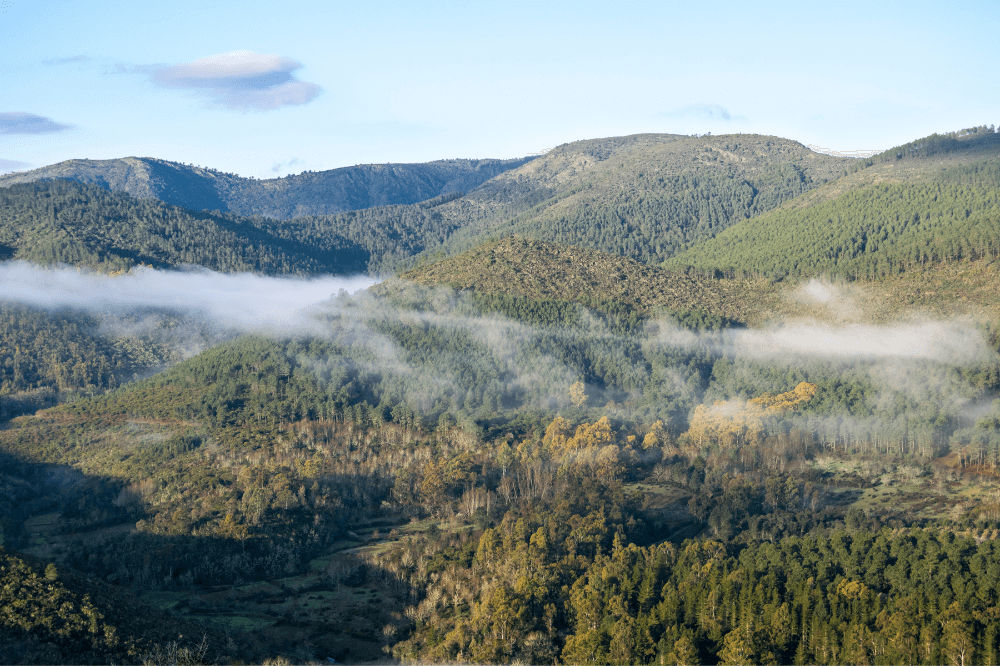
The Saffron Milk Cap is commonly found here, although the area is also known for the quality of its Boletus mushrooms, particularly Boletus aereus.
In addition, in forest clearings and pastures, you can search for the delicious Caesar’s Mushroom (Amanita caesarea).
The valley hosts the well-known “Magic Autumn” festival, which includes mushroom foraging events and routes, attracting many enthusiasts.
La Vera and Jerte Valley (Cáceres)
Although they are world-famous for their cherry trees, their oak and chestnut forests are very productive in autumn.
The abundant moisture from the gorges and rivers descending from Gredos creates a favorable microclimate.
As a result, Saffron Milk Caps and various Boletus species can be found in La Vera and the Jerte Valley.
As in Ambroz, both areas offer specialized events to learn how to identify and harvest mushrooms safely.
Dehesas of southern Extremadura
Although less mountainous, the vast holm oak and cork oak dehesas of the region, especially in Badajoz are also important mycologically.
In these dehesas, the most sought-after mushroom is the King Oyster Mushroom (Pleurotus eryngii), which grows in association with the roots of the wild thistle, especially in open pasture areas.
Therefore, the type of mushroom picking in the dehesas differs from that in mountain forests, focusing on species that don’t rely on conifers.
Frequently Asked Questions About Mushroom Foraging in Spain
What is the best time of year for mushroom foraging in Spain?
The best time is autumn, generally from late September to early December.
However, this depends entirely on rainfall and temperatures.
In southern regions like Andalusia, the season may start earlier or last longer, and some specific mushrooms, like the Gurumelo, appear in spring.
Do I need a permit to pick mushrooms in Spanish forests?
Yes, in most autonomous communities it is mandatory to obtain a foraging permit or license, especially in areas with a strong mycological tradition (such as Soria, Navarre, or Castile and León).
These permits are managed by town councils or local associations and usually have a symbolic cost.
The goal is to regulate the activity and ensure environmental conservation.
Is there a quantity or weight limit for what I can collect?
Yes, almost always.
To prevent resource exploitation, most regulations limit collection to a maximum of two or three kilograms per person per day.
This applies to non-professional foragers (tourists), and exceeding this limit can result in fines.
What kind of basket should I use to store the mushrooms?
You should always use a wicker basket or a similar breathable container.
Plastic bags are prohibited.
The reason is ecological: baskets allow the mushrooms’ spores (like seeds) to disperse through the forest as you walk, helping to ensure reproduction and the future of mushroom populations.
If I’m not an expert, how can I avoid poisonous mushrooms?
The golden rule of mycology is: if in doubt, don’t eat it. You should never consume a mushroom unless you are certain of its identification.
Many mycological centers and local councils offer free or low-cost identification workshops, and some towns have checkpoints where an expert can inspect your basket.
This is the safest option for a beginner.
Should mushrooms be pulled out or cut?
The most recommended practice is to cut the stem at the base with a knife.
This minimizes damage to the mycelium the living part of the fungus underground, which is essential for mushrooms to regrow.
Also, avoid disturbing the soil aggressively.
Make Your Mushroom-Hunting Trip a Human and Authentic Experience
At Sazón, we believe that true culture is best savored at home.
Imagine this: after a morning of foraging, you bring the spirit of the forest to the table of one of our home cooks.
With the care and legacy of traditional Spanish home cooking, she will delight you with the most authentic dishes.
It’s not just about eating; it’s about enjoying food made by the hands that have preserved our culinary heritage for generations.
Take the leap: skip the restaurant and step into a home. Book your Sazón experience today and taste the true greatness of Spain.
It’s time to celebrate and enjoy the legacy of our grandmothers in a local, unfiltered setting!
Explore our experiences with local cooks.
